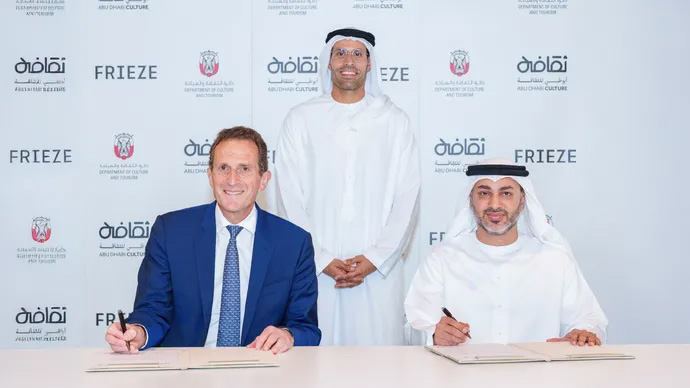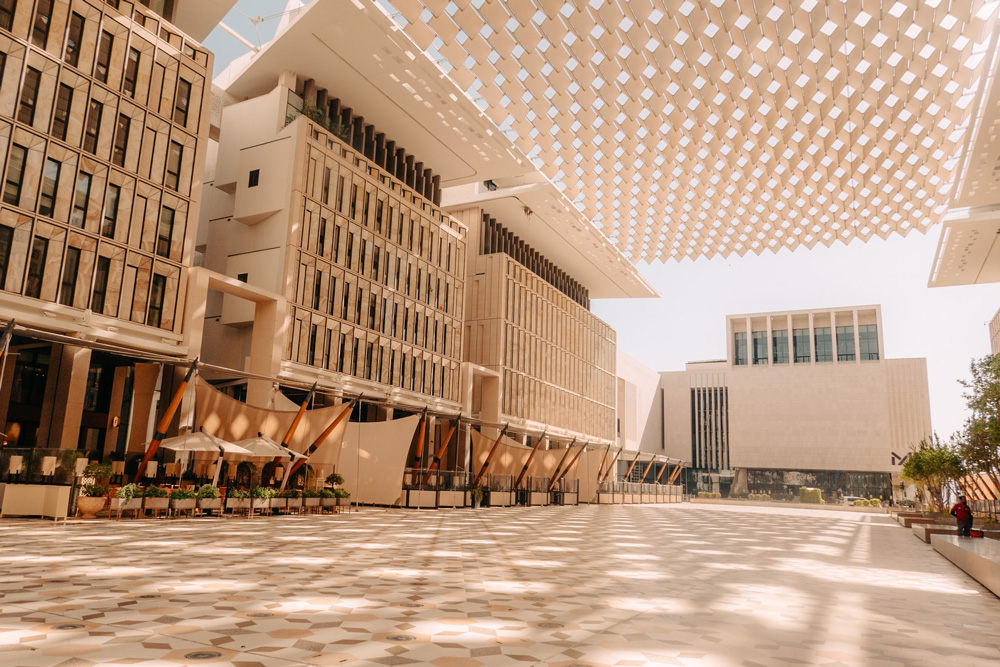
Frieze heads to Abu Dhabi, Art Basel lands in Doha
Where do Iranian artists stand?
By Fatima Blue
As Art Basel prepares to launch its inaugural edition in Doha, Frieze has announced the debut of Frieze Abu Dhabi in 2026 — signaling the growing attention of leading global art institutions toward the Persian Gulf’s expanding market and creative talent. But what opportunities might this cultural rivalry bring for Iranian artists?
Continuing the wave of major international art organizations entering the region, Frieze confirmed that from 2026 it will take over the long-running Abu Dhabi Art fair, rebranding it as Frieze Abu Dhabi through a new partnership with the Department of Culture and Tourism – Abu Dhabi.
This will mark Frieze’s eighth global fair and its first venture into the Persian Gulf, coinciding with Art Basel Qatar’s debut in Doha, scheduled for February of the same year.

The 2025 edition of Abu Dhabi Art will proceed as planned from 19–23 November at Manarat Al Saadiyat, hosting over 140 exhibitors — its largest edition to date. From 2026, however, the fair will adopt Frieze’s curatorial approach, with a focus on artist-centered projects and new perspectives on contemporary art in the region.

Meanwhile, Art Basel Qatar, under the artistic direction of Wael Shawky, will depart from traditional booth models, emphasizing storytelling, dialogue, and regional artistic voices.

This emerging rivalry between two global art giants may signal a new turning point for the Persian Gulf art scene, where international institutions, local talents, and Iranian artists alike could play increasingly visible roles in the global cultural landscape.
In the coming months, one key question remains: how will Iranian artists and galleries position themselves within this new competitive geography of art in the Persian Gulf?
